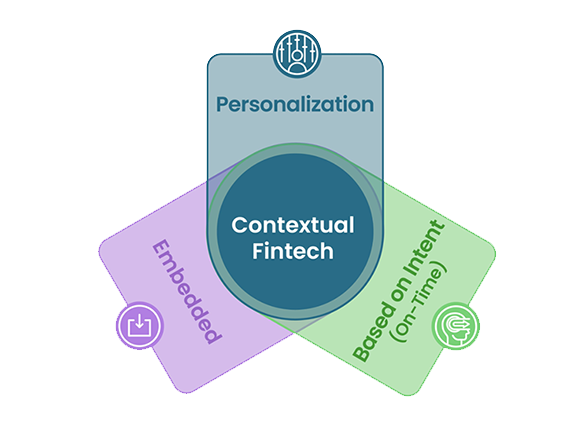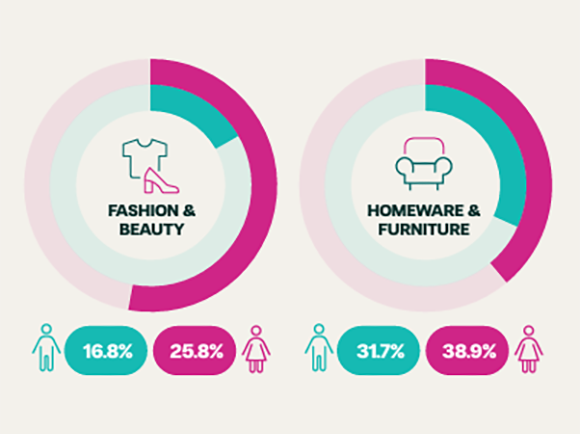
Why BNPL is an urgent opportunity for banks
The growth of BNPL transactions shows no sign of slowing. Estimates put the size of the global BNPL market at $3.98 trillion by 2030. That presents both a risk, and an opportunity, for banks.
The risk is easy to understand. The biggest BNPL players right now are not banks, but specialist providers. The more they take at the checkout, the less that credit cards are being used. And that hurts a bank’s bottom line. About 12% of a bank’s income comes from credit cards, in the form of interest payments and interchange fees.
The UK, where BNPL has a firm footing, signals the danger. Between January 2020-21, credit card transactions there fell by 31%. The picture is not global, and trends have been complicated by changing spending habits and attitudes during COVID; but banks would be advised to take note and start protecting their positions.
That is not happening. Comparatively few banks in Europe offer some sort of BNPL/retail finance option yet, although many are planning it.
Regulation to the rescue
The opportunity is multifaceted. Let’s start with regulation. Across the world, regulators are becoming energised. A raft of new rules are being developed, designed to protect consumers against the perception of harmful BNPL lending practises. Many will be forced to spend time and money meeting their new compliance obligations, taking their attention and resources away from growth activities. In contrast, banks already meet many of these measures, and are set-up to navigate others swiftly.
They should strike while the BNPL incumbents have their focus elsewhere.
New cohorts
Banks should also see BNPL as an opportunity to acquire more customers, far easier than they do now. Take younger people. In the US, Gen Zers have grown their use of BNPL 6x since 2019, and Millennials have more than doubled theirs. These are cohorts that traditional banks can find hard to reach with standard advertising tactics, but that are crucial for long-term success. So too consumers in geographies where a bank’s brand is weak.
The harder question is how a bank transfers ‘ownership’ of a customer from the merchant, so that they can upsell other financial services. That is for another day; but by having a voice in that conversation, a bank gets to influence proceedings.
Banks can apply the reverse logic to acquiring more merchant accounts too. Merchants are increasingly being pressured by their customers for a BNPL option. Banks that can give it to retailers will differentiate themselves from the rest. And here, the upsell is more straightforward, as the bank will own the relationship, and so the freedom to market additional services.
Catalyse digitisation
The third opportunity for banks is around digital transformation. Every bank is doing it; and the larger and older the bank, the more complex that is likely to be. The temptation may be to put BNPL on the backburner, until more mission-critical projects are delivered.
That is shortsighted. Banks should not see BNPL as a new and separate challenge, but instead as complementary to their ongoing digitisation. A key tenet of this transformation is creating partnerships at scale; opening up technology and platforms to enable collaboration with fintechs, software developers, and traditional businesses that are looking to embed other financial services into their customer offer. In other words, BNPL becomes just one play in a much broader ecosystem strategy; and the work that banks do now to enable BNPL (which is relatively easy when partnering with a whitelabel platform provider) can benefit other partners and projects.
The time is now
Despite all the headlines, BNPL is still in its infancy. But not for long. For starters, consumers seem to want it. One recent report suggests that half of shoppers intend to pay for goods via instalments in 2022. Add to the mix the march of regulatory forces, merchants’ pivot to embedded finance, and the emergence of third-party platforms that can enable this for banks have created the perfect storm, and the case to act with urgency becomes clear. Banks that seize the opportunity now have the best growth potential.
Divido’s whitelabel retail finance platform helps lenders fully customise their BNPL offering and get to market fast. Our award winning technology is powering the retail finance programs for some of the world’s leading lenders.
You might also
be interested in
Keen to know more?








